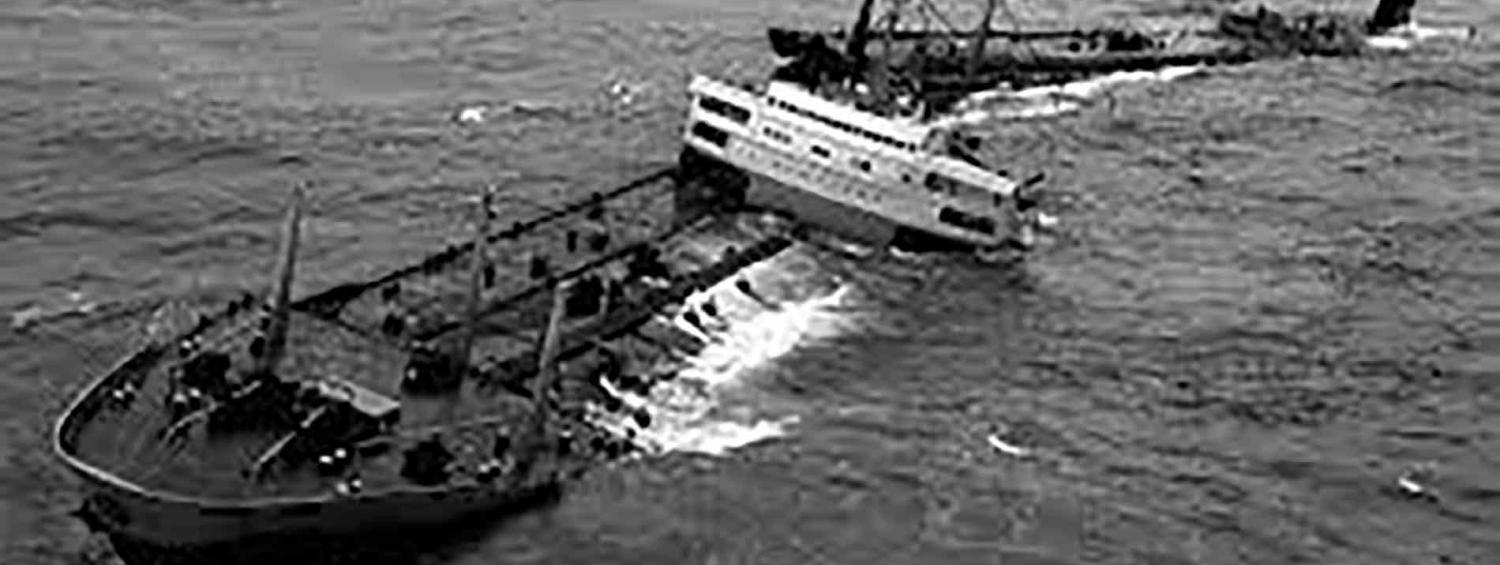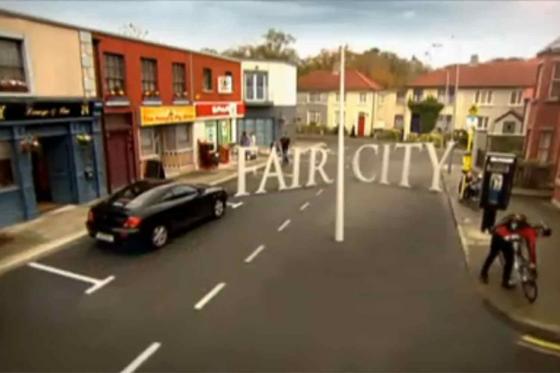Ella Hickson’s play Oil is composed of five playlets that take place at significant moments in the history of the West’s obsession with oil. In part three, it is 1970 in Cornwall, at birth of the modern environmental movement. Here is a little historical context about the environmental movement:
1970'S ENVIRONMENTAL MOVEMENT
The early environmental movement of the 1970s had particularly strong roots in the US, coinciding with the post war era. US Senator Gaylord Nelson was inspired by the Vietnam War protests that were taking place on college campuses beginning in the mid 60’s. Believing that a true positive impact could be made if these same students could galvanize around environmental issues, he worked to establish the first Earth Day, on April 22, 1970. This came after the tragic Santa Barbara oil spill of 1969 received national attention when somewhere between 80 to 100 thousand barrels of crude oil spilled into the Santa Barbara Chanel, resulting in the third largest oil spill in US waters to date. Public outrage against this spill helped to fuel several acts of environmental legislation over the coming years.
Concerns of air and water pollution weren’t unique to America, and at the same time, the UK was seeing significant demands for environmental regulations and reform. The Great London Smog of 1952 and the Torrey Canyon marine oil spill of 1967 shocked many people into action. The British Trust for Conservation Volunteers, Transport 2000, the Green Alliance, and the PEOPLE Party (the origins of the Green Party) all date from the period of environmental progression from the early 60s to late 70s. On an international level, there was the establishment of WWF, Friends of the Earth, and Greenpeace.
Cornwall, Torrey Canyon Disaster:
The coast of Cornwall was the site of the Torrey Canyon oil spill. This environmental disaster took place on March 18, 1967 when the SS Torrey Canyon -- a super tanker transporting 120,000 tons of crude oil -- struck a rock in Seven Stones Reef.
As this was the first major marine oil spill the world had ever seen, the British government was not sure how to handle the crisis; they responded by setting the wreck on fire to reduce the oil spill. Combine efforts of the Royal Air Force and the Fleet Air Arm dropped a total of 161 bombs and used 44,500 liters of kerosene and 1,500 tons of napalm. There were also attempts to contain and clean the oil spill through use of foam devices and toxic detergents. The efforts to contain and clean the spill only worsened the effects and the results were devastating. 30,000 sea birds were killed and countless marine and intertidal creatures were killed or injured. It took roughly a decade for beaches and surrounding waters to recover.






